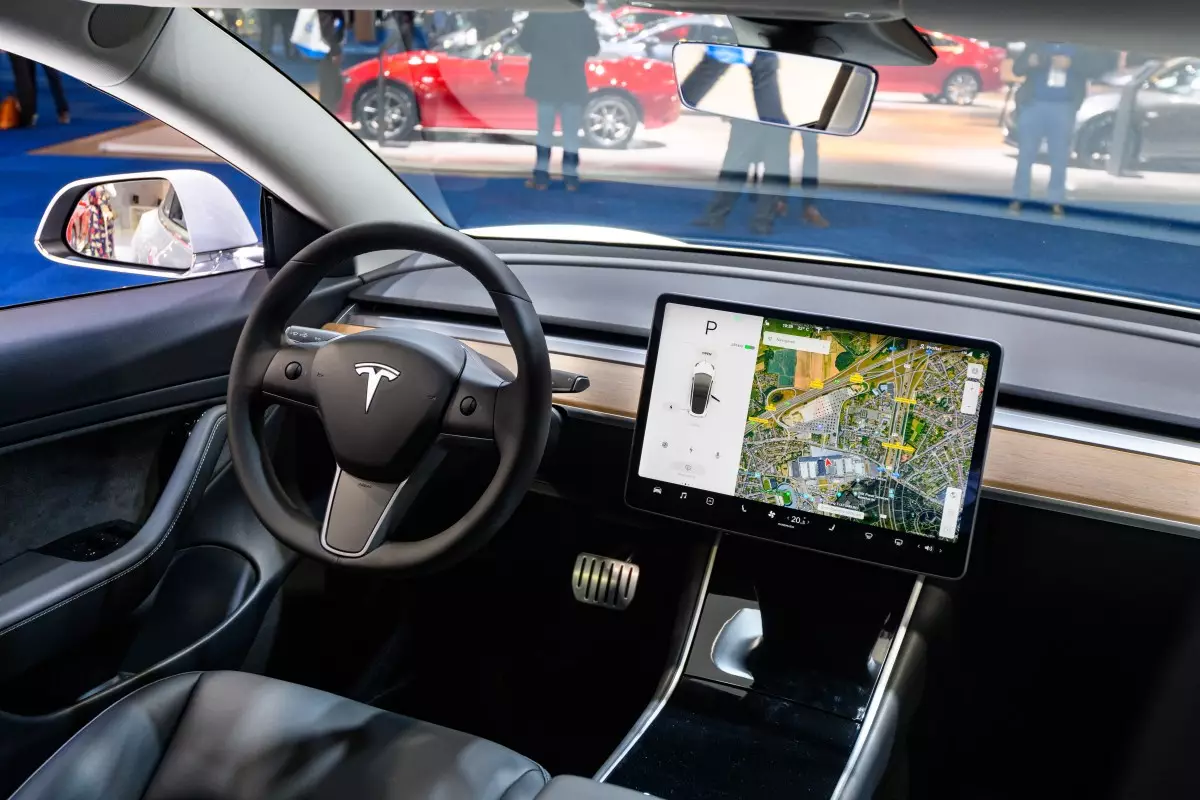Elon Musk’s recent declaration regarding Tesla’s plans for an “unsupervised” version of its Full Self-Driving (FSD) technology has stirred both excitement and skepticism in the automotive and tech industries. Set to be rolled out in 2025 in Texas and California, this ambitious goal raises numerous questions about the capability of the technology, regulatory frameworks, and the veracity of Musk’s ambitious timelines.
The term Full Self-Driving might suggest a future where vehicles operate entirely independently, but the reality is far more nuanced. Currently, Tesla’s FSD, which has recently been rebranded from “FSD Beta” to “FSD Supervised,” falls short of true autonomy. While it can execute certain driving functions on highways and in urban areas, human oversight is still essential. This limitation spurred criticism and led the company to re-evaluate its branding to avoid the implications of self-driving capabilities that are not fully realized.
The distinction between Level 3 and Level 4 autonomous systems is crucial in understanding Musk’s claims. A Level 4 system implies full autonomy under specific conditions without a human needing to take control, while Level 3 requires human intervention upon request from the system. Given the current capabilities of Tesla’s FSD, assumptions around Musk’s announcement are fraught with uncertainty. Questions remain as to whether “unsupervised FSD” will actually deliver the level of autonomy promised or if it will simply represent an advanced version of driver assistance technology.
The regulatory environment surrounding autonomous vehicles (AVs) is convoluted, varying significantly between states like Texas and California. In Texas, regulations appear relatively lenient, allowing for the deployment of AVs without human oversight, provided they adhere to traffic laws and possess adequate safety features. However, this framework does not guarantee a seamless rollout. As new bills are considered in the 2025 legislative session, Tesla may face additional scrutiny that could affect its deployment timeline.
Conversely, California’s regulatory approach is more stringent, mandating multiple permits for testing and deploying autonomous systems. Despite holding a drivered testing permit since 2015, Tesla lacks the necessary approvals for a driverless testing permit. If Musk’s timeline holds, the company would need to navigate this complex bureaucratic landscape adeptly to deploy its technology effectively.
Introducing a potentially “unsupervised” FSD system into the market without the appropriate permits is a risk Tesla may not be willing to take. As it stands, if the unsupervised technology is to be classified as Level 3, Tesla would at least require a deployment permit. However, for an ambitious rollout as a Level 4 system akin to what Waymo currently operates, more comprehensive regulatory engagement would be necessary. The state also dictates that Tesla update its permits whenever it expands its testing fleet, a meticulous requirement that could slow progress.
The complexities surrounding the California Public Utilities Commission (CPUC) further complicate matters. For Tesla to engage in ride-hailing using its robotaxis, it must secure a separate set of permits, and at present, no information exists indicating that Tesla has started this application process.
The Long Road to Production
Musk’s proclamation that production of Tesla’s robotaxi will commence by 2027 echoes prior assertions regarding timelines that went unmet. Tesla’s ambitious goals in the realm of autonomous vehicles haven’t always materialized as planned. In 2019, Musk optimistically claimed that a million robotaxis would be operational by 2020; that has yet to see fruition.
For Tesla to overcome federal motor vehicle safety standards (FMVSS) hurdles to mass-produce its robotaxi sans traditional controls is yet another layer of complexity. The National Highway Traffic Safety Administration (NHTSA) has, to date, allowed minimal exemptions for companies seeking to introduce vehicles without conventional driver controls—only granting one such exemption to Nuro for a low-speed delivery vehicle. The timeline for NHTSA’s proposed new regulations addressing AVs without human controls remains uncertain, adding to potential delays in Tesla’s timeline.
In light of the intricate regulatory landscape, the limited technological capabilities, and Musk’s historically optimistic projections, the skepticism surrounding Tesla’s road to releasing an “unsupervised” FSD and robotaxi is well-founded. While the ambition behind Tesla’s plans is visionary, the execution will undoubtedly be tested by legal regulations and real-world challenges that the company must adequately address. As investors and industry watchers wait for tangible advancements, the journey toward widespread autonomous vehicle adoption remains fraught with uncertainty—one that could take longer than anticipated despite the bold aspirations of its CEO.


Leave a Reply